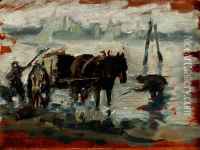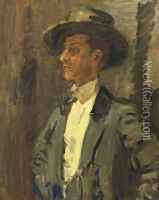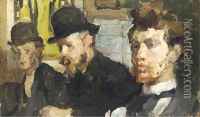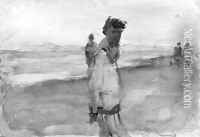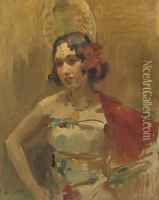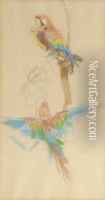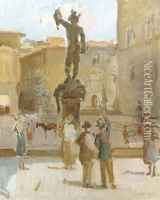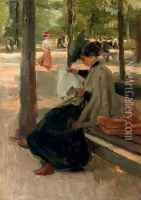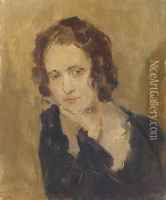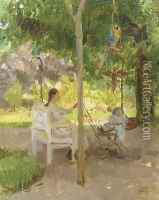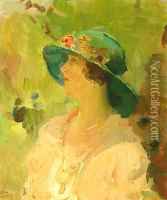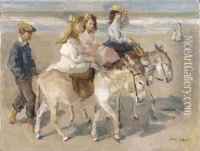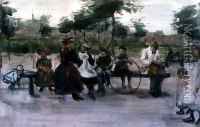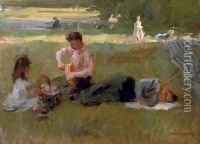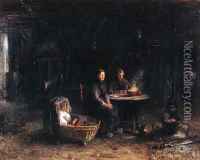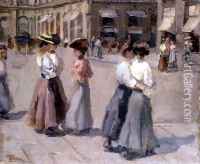Isaac Israels Paintings
Isaac Lazarus Israels was a Dutch painter, associated with the Amsterdam Impressionism movement. Born on February 3, 1865, in Amsterdam, Netherlands, he was the son of Jozef Israels, one of the most respected painters of the time, who played a significant role in his artistic development. Isaac Israels displayed an early talent for art and received his first lessons from his father. He later attended the Royal Academy of Art in The Hague, where he honed his skills and was influenced by the modern movements of the day, particularly Impressionism.
Israels is best known for his vivid and dynamic portrayal of everyday life. His subjects ranged from the fashionable society and busy streets of Amsterdam to the soldiers, fishermen, and seamstresses that formed the fabric of daily Dutch life. He captured the essence of the moment with a loose brushwork and a keen sense of light and movement, which became hallmarks of his style.
During the 1880s, Israels joined the artist group 'The Hague School,' which focused on realistic portrayals of Dutch landscapes and daily life. His work during this period was marked by a subtler palette and a focus on light effects, similar to the French Impressionists. However, Israels developed his own distinctive approach, and by the 1890s, he began to achieve international recognition. He traveled extensively, living and working in London, Paris, and the Dutch East Indies, where he was inspired by the local scenes and light.
Upon returning to the Netherlands, Israels settled in Amsterdam and continued to paint the city's life with an energetic and colorful style. His works from this period include scenes of cafes, circuses, the theater, and portraits of famous contemporaries. He was also an accomplished watercolorist and graphic artist.
Isaac Israels' work was widely exhibited during his lifetime, and he received numerous awards for his contribution to Dutch art. He continued to paint until his death on October 7, 1934, in The Hague. Today, his works are held in many major museums across the Netherlands and internationally, and he is remembered as one of the leading figures of Dutch Impressionism.
